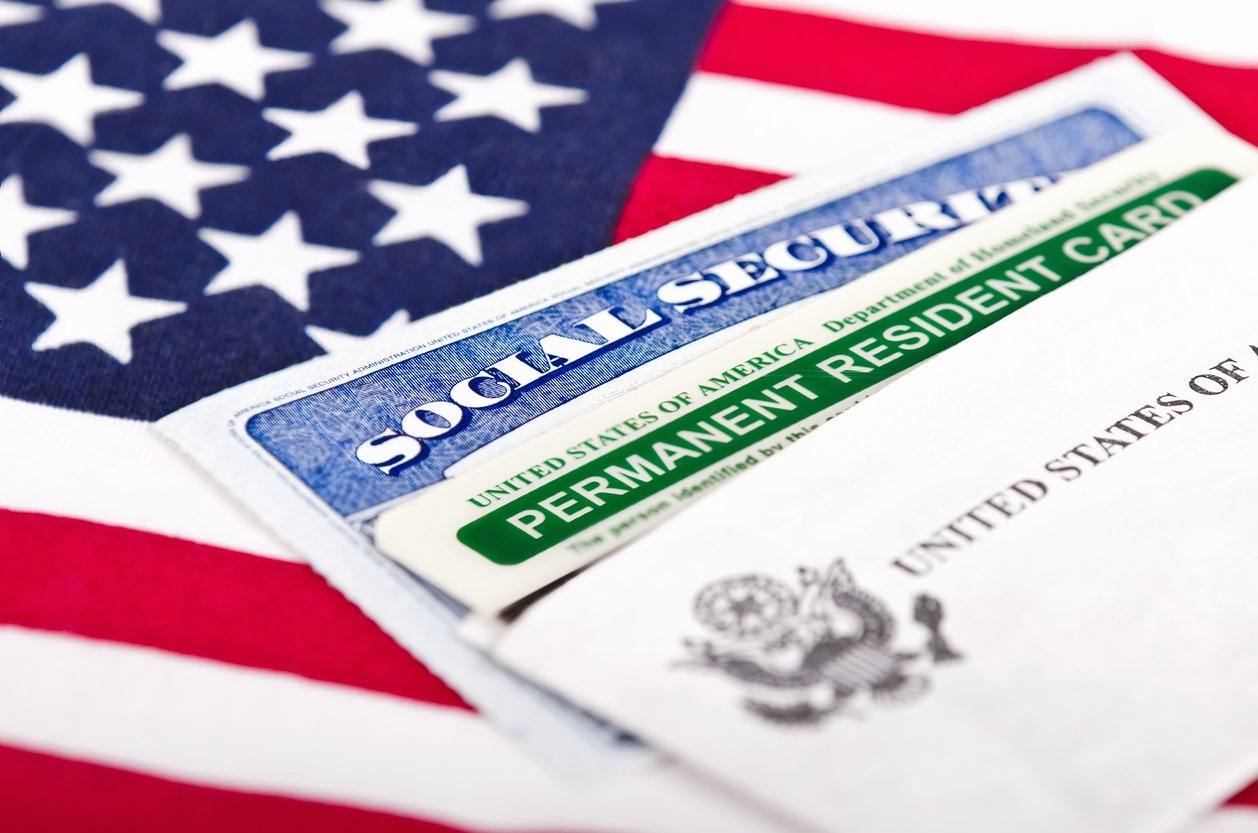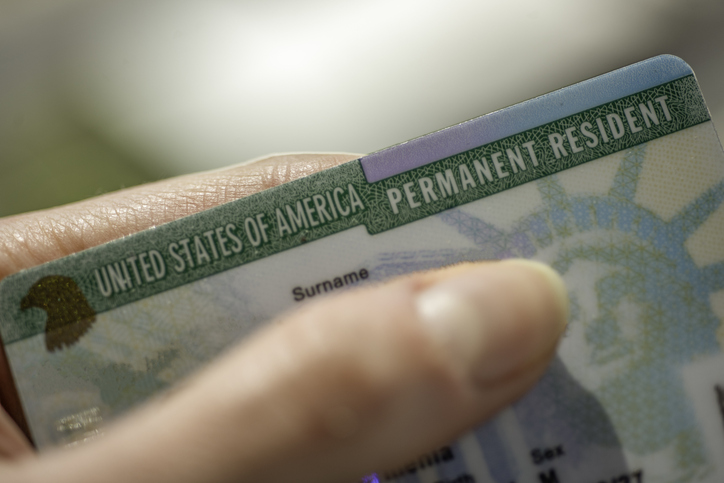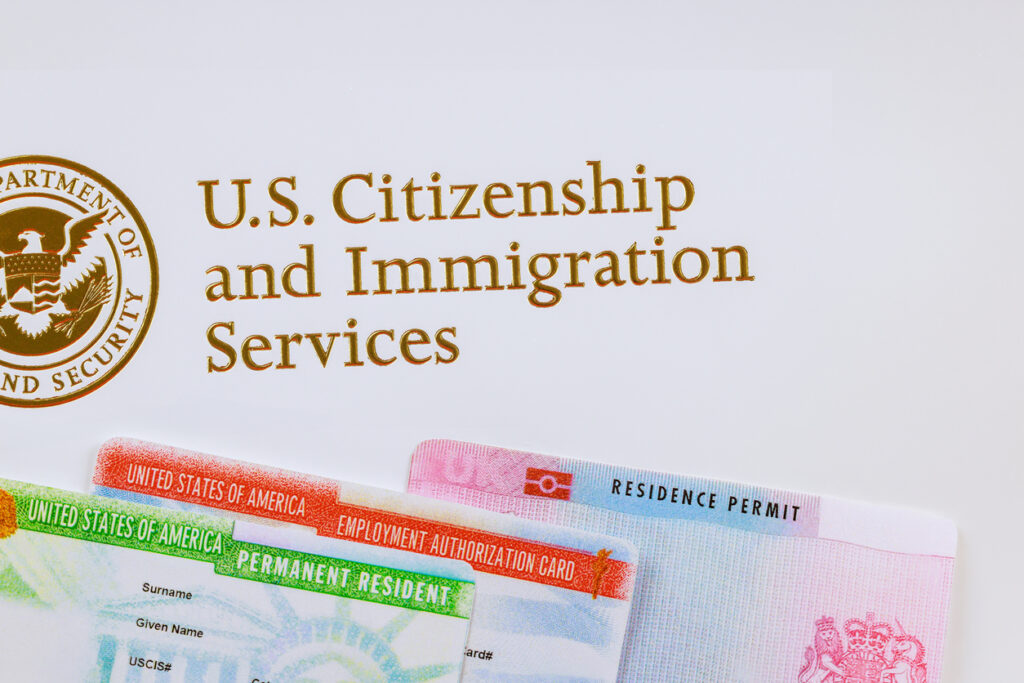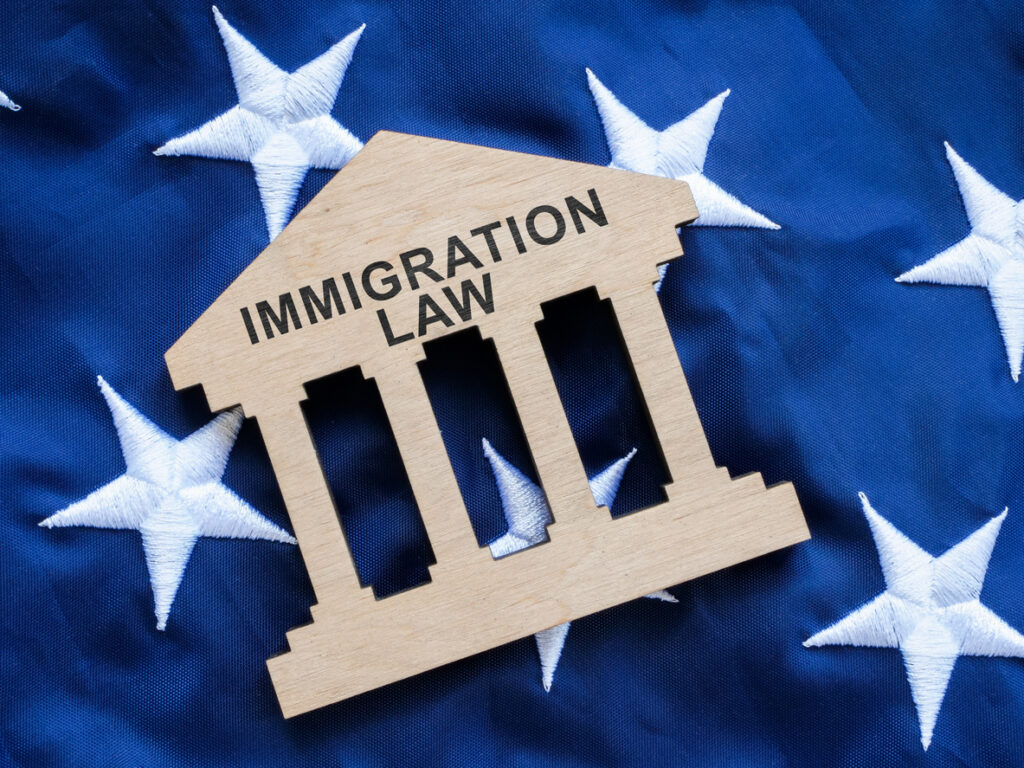- 2 Nov 2025

The U.S. immigration system is deeply rooted in family-based petitions, but life doesn’t always follow legal timelines. When a sponsoring relative dies during the immigration process, it creates confusion, uncertainty, and often grief for those left behind. For many applicants, the sudden death of a petitioner feels like the end of their immigration journey. However, there are important legal pathways that may still allow individuals to secure lawful permanent residence.
This guide explores everything you need to know about immigration after Sponsoring Family Member Death, including available legal remedies, eligibility rules, humanitarian protections, and what steps to take next. By examining these options in detail, this resource helps families navigate the aftermath of a petitioner’s death while preserving their future in the United States.
Legal Fallout of a Petitioner’s Death in Family Immigration
When a U.S. citizen or lawful permanent resident files an immigrant petition on behalf of a relative, that person serves as both the sponsor and financial guarantor. If the petitioner dies before the immigration process is complete, the petition is typically revoked. However, federal law and immigration policy allow for exceptions through specific humanitarian relief categories. For many grieving families, immigration after Sponsoring Family Member Death becomes a legal lifeline.
The potential consequences vary depending on the stage of the immigration case. In some situations, the petition can be reinstated. In others, applicants may file new petitions or request discretionary relief. These options are not automatic — they require action, evidence, and adherence to legal timelines. Without proactive steps, families may lose their eligibility altogether.
Humanitarian Reinstatement and Substitute Sponsors
One of the most widely used remedies in immigration after Sponsoring Family Member Death cases is humanitarian reinstatement. This is available only if the original Form I-130 was already approved before the sponsor died. If USCIS grants the reinstatement, the immigration process can move forward — provided that a substitute sponsor is available.
The substitute sponsor must be:
- A U.S. citizen or permanent resident,
- A close relative of the beneficiary (such as a sibling, spouse, or parent),
- Willing to file Form I-864, Affidavit of Support.
USCIS evaluates these cases on a discretionary basis, meaning applicants must show compelling humanitarian factors. These may include the length of time in the U.S., emotional and financial hardship, and strong community ties. All of these considerations weigh heavily in the success of a petition for immigration after Sponsoring Family Member Death under reinstatement guidelines.
Eligibility for Section 204(l) Relief
A powerful provision under immigration law — Section 204(l) — allows certain surviving relatives to continue the immigration process after the death of a petitioner. This applies only if the beneficiary was physically present in the United States when the petitioner died and continues to live here.
Qualifying individuals under Section 204(l) include:
- Primary beneficiaries of approved or pending family petitions,
- Derivative beneficiaries,
- VAWA self-petitioners,
- Certain employment-based applicants with family ties.
For many families, immigration after Sponsoring Family Member Death under Section 204(l) becomes the preferred strategy because it can preserve the petition without requiring a completely new filing. However, USCIS still requires a substitute sponsor, proof of continued residence in the U.S., and supporting documentation showing the petitioner’s death.

Widow(er) Petitions and Self-Filing
When the surviving spouse of a U.S. citizen faces immigration uncertainty, they may be able to self-petition under the widow(er) provisions of the Immigration and Nationality Act. This legal avenue is limited to spouses who were married to the U.S. citizen at the time of their death and who file within two years of that death.
The process does not require a substitute sponsor. Instead, the widow(er) becomes the petitioner by filing Form I-360. If approved, the surviving spouse may adjust status in the U.S. or apply for a green card abroad.
This path for immigration after Sponsoring Family Member Death ensures that the intent of the deceased U.S. citizen — to reunite with their spouse — can still be honored through legal recognition.
Immigration After Sponsoring Family Member Death Involving Children
In many family-based petitions, minor children are listed as derivative beneficiaries. When the petitioner dies, the legal fate of these children becomes uncertain. However, U.S. immigration law does allow certain minors to retain eligibility.
Children living in the United States at the time of the petitioner’s death may qualify for protection under Section 204(l). Additionally, the Child Status Protection Act (CSPA) may preserve eligibility even as the child ages out of minor status during the wait.
To safeguard their immigration future, families should act swiftly to secure legal status through available protections. For many, immigration after Sponsoring Family Member Death involving minors becomes a race against time and age limits, where prompt legal action is essential.
Documenting Humanitarian Need for Relief
Humanitarian relief is not granted automatically. Applicants must submit detailed, convincing documentation to support their requests. Whether through a widow(er) petition, reinstatement, or Section 204(l), strong evidence increases the chance of success.
Essential documents include:
- The original approved Form I-130 or I-360,
- The petitioner’s death certificate,
- Proof of familial relationship,
- Evidence of residence in the U.S. (if applicable),
- A completed Affidavit of Support from a substitute sponsor.
In addition, personal declarations, letters from community members, and statements from counselors or religious leaders may help demonstrate emotional, financial, or psychological hardship. These materials are often the key to winning discretionary approval in immigration after Sponsoring Family Member Death scenarios.
Navigating Delays and Legal Complications
Not every immigration case fits a standard mold. For some applicants, delays may have pushed their case into legal gray areas by the time their sponsor passed away. Others may face complications due to processing backlogs, lost records, or mistakes in previous filings.
If the petitioner’s death occurred while the case was pending at the National Visa Center or after a visa interview was scheduled, the family must notify the agency immediately. Without proactive communication, the case may be closed, and eligibility lost.
In such complex circumstances, requesting humanitarian reinstatement, submitting a Section 204(l) affidavit, or initiating a widow(er) self-petition may keep the case alive. The stakes are high in immigration after Sponsoring Family Member Death cases where timelines and agency discretion can determine the outcome.

Relief for Military Families and Special Circumstances
Certain immigration benefits extend to surviving relatives of U.S. military members. In such cases, immigration laws may allow for parole in place (PIP), deferred action, or streamlined residency procedures. These options are not available to all applicants but represent a key lifeline for families who lost their petitioner during active duty.
In these situations, immigration after Sponsoring Family Member Death becomes more than just a legal process — it becomes a recognition of the family’s sacrifice. These forms of relief emphasize both humanitarian compassion and policy support for military-connected families navigating tragedy.
Documenting Risk and Hardship Abroad
USCIS will often assess the conditions of the beneficiary’s home country when deciding on a request for discretionary relief. Demonstrating that return to the home country would result in extreme hardship — due to conflict, health risks, or lack of resources — strengthens the case.
Resources such as the U.S. Department of State country conditions reports can be used to highlight these risks. When applying for any discretionary form of immigration after Sponsoring Family Member Death, these reports can add important context to an otherwise procedural request.
Including evidence such as medical records, school enrollment, financial hardship, or community involvement also adds weight to the claim.

Immigration After Sponsoring Family Member Death in Complex Family Cases
When multiple family members are affected by the death of a petitioner, the legal challenges increase. For instance, if a grandparent sponsored a parent and that parent passed away during the petition process, the grandchildren may face layered complications.
Each family member’s eligibility must be considered independently. A surviving relative who meets Section 204(l) criteria might keep the petition active for themselves and their dependents. In such cases, immigration after Sponsoring Family Member Death becomes a multifaceted legal task that requires accurate documentation and timely filing.
When handled properly, these complex family scenarios may still allow for lawful permanent residency despite the devastating loss of a sponsor.
Maintaining Hope and Legal Readiness
Grief often slows down families from taking legal action. However, immigration law sets strict deadlines for submitting petitions or reinstatement requests after a sponsor’s death. Widow(er) petitions, for example, must be filed within two years of the sponsor’s death — a rule that cannot be waived.
Even when the legal process feels overwhelming, taking timely steps is the only way to preserve your eligibility. In-depth guidance, such as this overview on immigration after Sponsoring Family Member Death, can help clarify your options and highlight what supporting evidence USCIS is most likely to accept.
By acting with urgency and purpose, grieving families can keep their dreams of lawful U.S. residence alive even after the death of a loved one.
Conclusion: Finding Stability Through Legal Relief
Losing a family member who petitioned for your immigration may feel like the end of everything. But in many cases, it doesn’t have to be. U.S. immigration law offers compassionate alternatives for those impacted by the untimely death of a sponsor.
Whether through widow(er) petitions, humanitarian reinstatement, or Section 204(l) protection, families can continue the immigration process. What’s most important is taking the right steps quickly, gathering strong documentation, and staying aware of deadlines and eligibility rules.
Understanding your rights under immigration after Sponsoring Family Member Death policies allows you to protect your future — even in the most difficult of times.
Recent posts
- 17 Oct 2025
Categories
- Accident & Injury Law (54)
- AI (1)
- Copyright Law (1)
- Criminal & Civil Law (17)
- Disability Law (2)
- Driving Law (2)
- Employment Law (1)
- Estate Planning (2)
- Family & Relationship Law (29)
- Food and Drink (2)
- Gas Exposure (1)
- Health (1)
- Immigration Law (2)
- Injury Claim (1)
- Insurance Law (7)
- Legal (40)
- Lemon Law (4)
- Mediation (3)
- Medical Malpractice (1)
- Property & Business Law (9)
- Severance Agreement (1)
- Travel and Leisure (1)
- Uncategorized (12)
- Worker Compensation (2)

